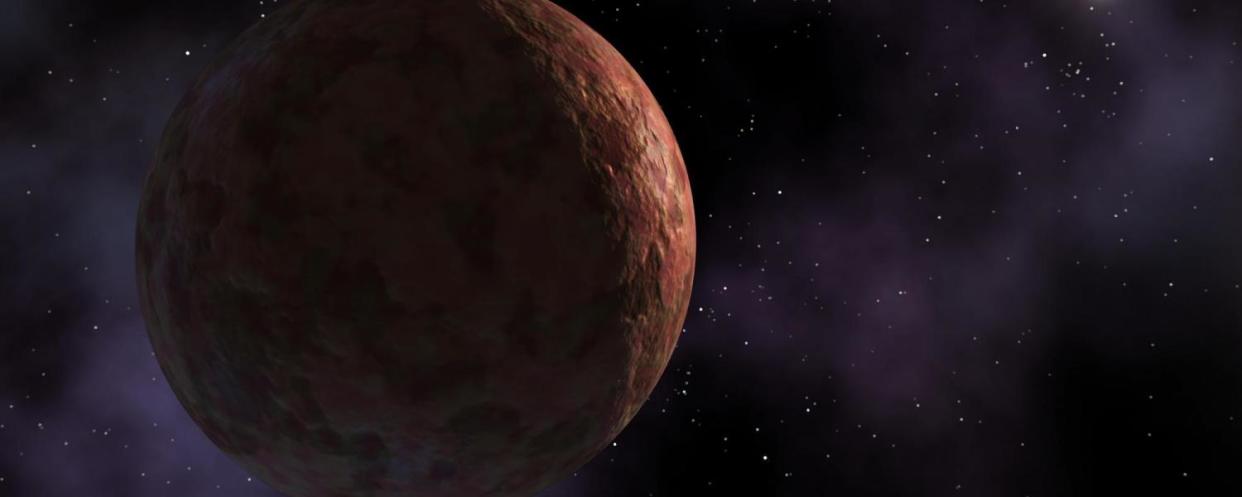‘Rogue star’ grazed our solar system and bashed worlds into strange orbits

Did a ‘rogue’ wandering star smash through our solar system in the distant past – scattering objects at the edge of our solar system?
The theory could explain the ‘warped’ orbits of objects at the edge of our solar system – such as dwarf planet Sedna which orbits the sun once every 11,400 Earth years.
The ‘flyby’, billions of years ago, scattered icy worlds at the edge of our solar system – and explains the unusual features of the outer solar system, researchers at the Max Planck Institute wrote.
The researchers wrote, ‘External forces must have played an important part in the restructuring of the outer solar system,’
MOST POPULAR ON YAHOO NEWS UK
Railway signalman, 60, sacked after 44 years of service for taking a 20-minute break
Boris Johnson blasts dithering Theresa May and says ‘it’s not too late to save Brexit’
Cliff Richard wins privacy case against BBC over police raid of home
MP John Woodcock quits Labour with attack on Jeremy Corbyn’s ‘hard left takeover’
Someone just decoded ancient papyrus which baffled researchers for 500 years
Professor Susanne Pfalzner told New Scientist: ‘You could well have a kind of hybrid scenario, where the movement of the planets is responsible for the things we find in the inner solar system, like the low mass of Mars, and a fly-by for the properties of the outer solar system.’
Researchers at the Max Planck Institute for Radio Astronomy in Bonn, Germany, simulated stellar flybys – using new data on the behaviour of young stars.
They found that the probability that a young star ‘grazed’ our solar system, disrupting it, was one in four.


